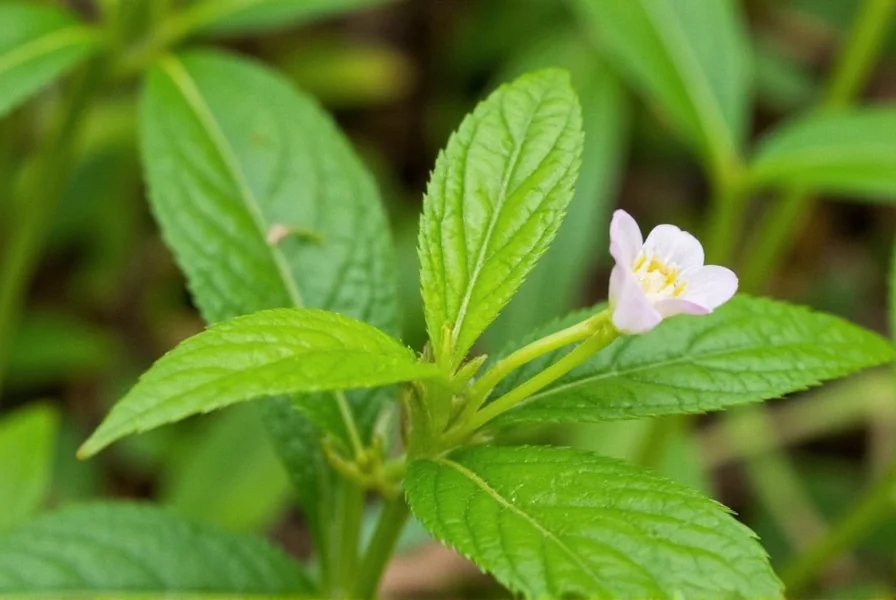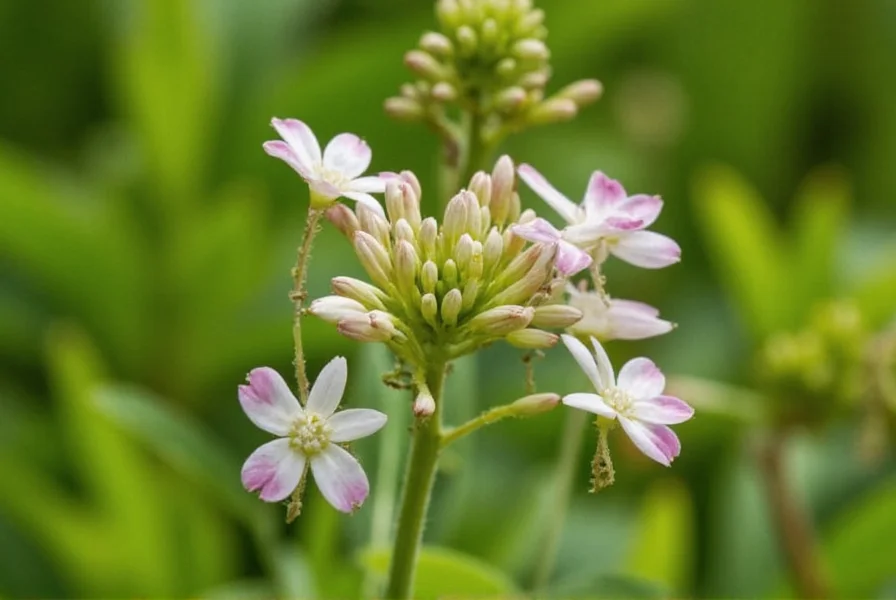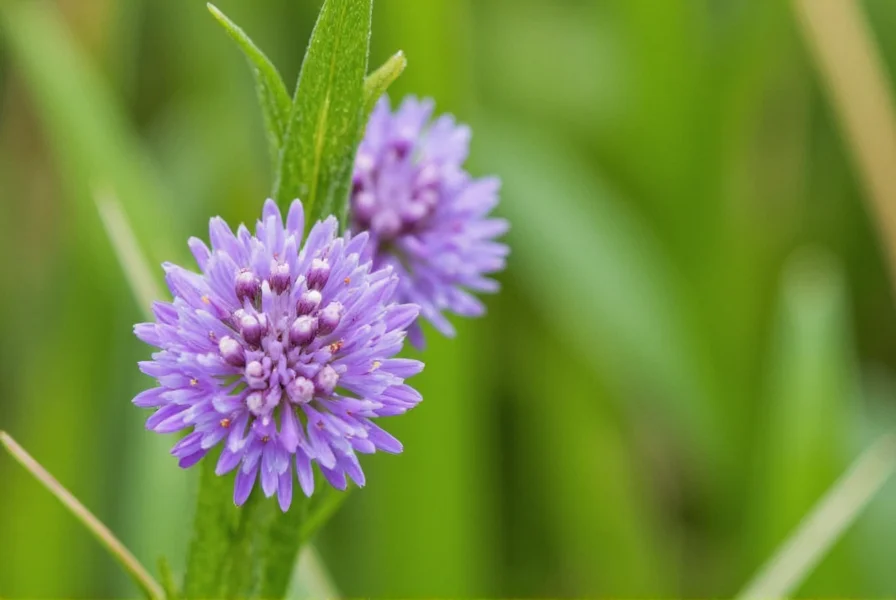When exploring anise flower identification, it's crucial to distinguish between several commonly confused botanicals. The true anise plant (Pimpinella anisum) belongs to the Apiaceae family and produces characteristic small white flowers arranged in umbrella-shaped clusters called umbels. These delicate blooms typically appear in mid to late summer and mature into the aromatic seeds known as aniseed.
Botanical Characteristics of True Anise Flowers
Pimpinella anisum, native to the eastern Mediterranean and Southwest Asia, grows as an annual herb reaching 12-24 inches in height. The plant features:
- Finely divided, feathery leaves similar to dill or fennel
- Small white flowers with five petals arranged in compound umbels
- Flowering period typically from June to August
- Distinctive sweet, licorice-like aroma throughout the plant
| Feature | True Anise (Pimpinella anisum) | Star Anise (Illicium verum) | Anise Hyssop (Agastache foeniculum) |
|---|---|---|---|
| Plant Type | Annual herb | Evergreen tree | Perennial herb |
| Flower Appearance | Small white umbels | Not applicable (star-shaped fruit) | Purple flower spikes |
| Family | Apiaceae | Schisandraceae | Lamiaceae |
| Primary Use | Seeds (aniseed) | Fruit (star-shaped) | Leaves and flowers |
Common Misidentifications: Anise Flower vs Similar Plants
Understanding the difference between anise flower and star anise represents one of the most frequent points of confusion. Star anise, despite its name, isn't a flower at all but the star-shaped fruit of an evergreen tree native to China and Vietnam. While both contain anethole (the compound responsible for licorice flavor), they come from completely different plant families and have distinct growing requirements.
Another common mix-up occurs with anise hyssop (Agastache foeniculum), which produces beautiful purple flower spikes and has a similar licorice scent but belongs to the mint family. Unlike true anise, anise hyssop is primarily grown as an ornamental plant and for herbal teas rather than for seed production.

Culinary and Traditional Applications of Anise Flowers
While the seeds (aniseed) remain the most utilized part of the Pimpinella anisum plant, the flowers themselves have several applications:
- Culinary decoration - Fresh anise flowers make attractive edible garnishes for desserts and salads
- Floral infusions - The delicate blooms can be used to create subtle anise-flavored syrups and vinegars
- Herbal preparations - Traditional medicine sometimes incorporates the flowers in mild digestive remedies
- Seed production - The flowers naturally develop into the valuable aniseed crop
When harvesting anise flowers for culinary use, select fully opened blooms on dry mornings for the best flavor and aroma. The flowers contain lower concentrations of essential oils than the mature seeds, resulting in a more subtle anise flavor profile.
Growing True Anise: Cultivation Requirements
For gardeners interested in growing anise flowers, understanding the plant's specific needs proves essential. Pimpinella anisum thrives in:
- Full sun exposure (at least 6-8 hours daily)
- Well-draining, fertile soil with neutral pH
- Warm temperatures (70-85°F / 21-29°C)
- Consistent moisture during germination and early growth
Start seeds indoors 4-6 weeks before the last frost or sow directly after soil warms. The plants require approximately 120 days to mature from seed to harvest. Because anise develops a long taproot, transplanting can be challenging—using biodegradable pots for indoor starts improves success rates.

Safety Considerations and Proper Usage
While culinary use of anise flowers and seeds generally proves safe, certain precautions warrant attention:
- Pregnant women should avoid medicinal quantities of anise products
- Individuals with estrogen-sensitive conditions should consult healthcare providers
- True anise differs from potentially toxic look-alikes like poison hemlock
- Always positively identify plants before consumption
When foraging for wild anise or related plants, exercise extreme caution. Many plants in the Apiaceae family resemble anise but contain dangerous toxins. Proper anise flower identification requires examining multiple characteristics including leaf structure, flower arrangement, and distinctive aroma.
Historical Significance and Global Usage
Anise has enjoyed cultivation for over 4,000 years, with historical records showing Egyptian, Greek, and Roman usage. Ancient physicians prescribed anise for digestive issues, and medieval Europeans used it to flavor foods and prevent spoilage. The plant's journey along ancient trade routes explains its widespread adoption across Mediterranean, Middle Eastern, and Asian cuisines.
Today, anise remains integral to numerous cultural dishes—from Mexican mole sauces to Middle Eastern breads and Italian liqueurs. Understanding the complete plant lifecycle, including the flowering stage, helps explain why certain harvesting techniques produce superior flavor profiles in the resulting seeds.











 浙公网安备
33010002000092号
浙公网安备
33010002000092号 浙B2-20120091-4
浙B2-20120091-4